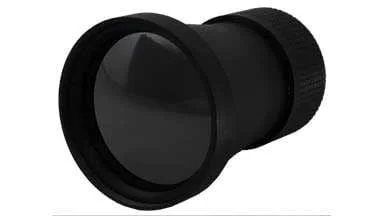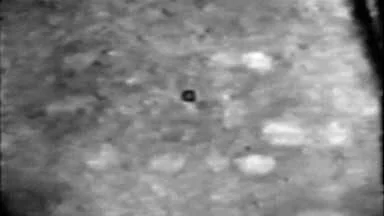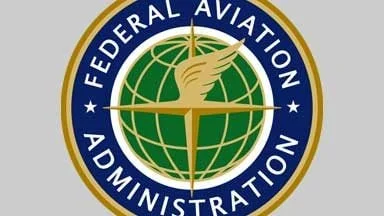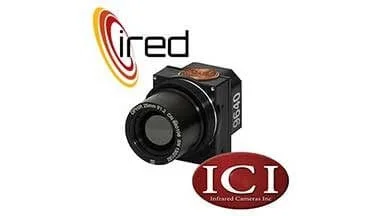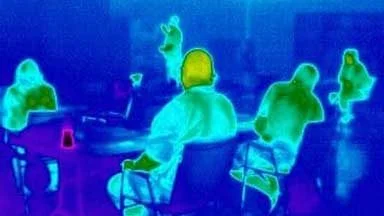The Beaumont Enterprise interviewed ICI CEO and founder Gary Strahan about infrared technology and the role it can play in the fight against coronavirus. Read an excerpt here:
A local company’s advanced infrared cameras and basic thermometers are being used to help limit the spread the COVID-19 coronavirus strain in China. The company has experience with increased demand during global outbreaks, but its founder and CEO sees change on the horizon.
Gary Strahan, CEO of the Beaumont-based Infrared Cameras Inc., has been working with and on infrared technology since his days as a welder in the U.S. Navy. Once in his civilian life, he started working as a salesman for companies like FLIR and was present for the consolidation of some of the early innovators in the field before striking out on his own in his hometown.
Since founding his company in the late 1990s, Strahan and his team of camera makers and programmers have been developing systems used in industries including aerospace, oil and gas, and medicine.
His company has been tapped before to provide equipment in the SARs epidemic, H1N1 breakout and — mostly recently — the 2014 Ebola pandemic in Africa, but he sees the latest virus making headlines as something different.
“We’ve never seen something like this impact the modern global market in the way coronavirus will,” Strahan said. “It’s going to change the way we live, in my opinion, and trying to catch it early is my goal.”
The full Press Release on Beaumont Infrared Pioneer Sees Tech as Buffer for Coronavirus can be found here.


